
Written By: Christina Newberry
Reviewed By: Gloria Tsang, RD
Title: Registered Dietitian
Last Updated on:

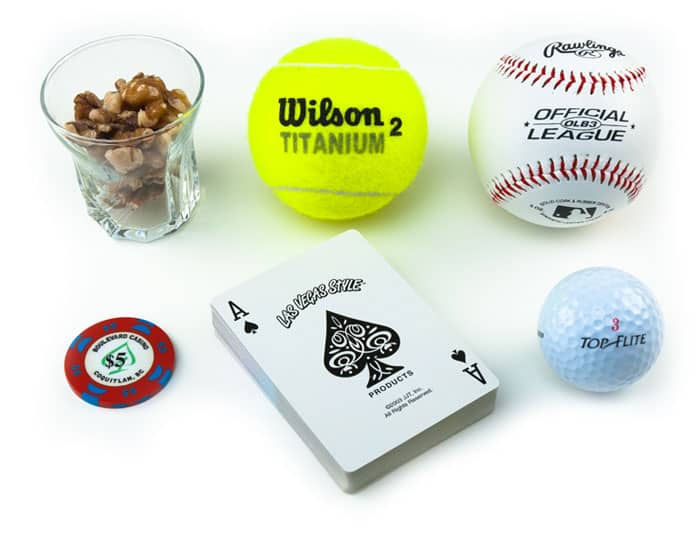
You’ve probably heard that a standard 3 oz. serving of meat is about the same size as a deck of playing cards. That’s a handy trick to know when trying to estimate how much you’re actually eating – and when you should stop – without having to resort to scales or measuring cups, especially when you’re eating a meal that someone else has prepared.
But what about other common food items? What does a serving of, say, raw vegetables looks like? Or a serving of a spread, like peanut butter? Since much of our nutrition information and many dietary guidelines are based on servings, it’s important to have a mental image that allows you to understand what you’re putting on your plate – and into your body. We’ve analyzed some of the most common food items and come up with a handy list of easy-to-picture visual references so you can understand just what a serving really looks like, and when you’re really eating more than one.
Table of Contents
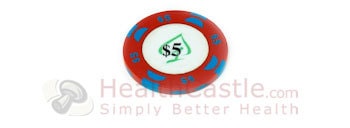
Serving size: 1 Tbsp
Looks like: A poker Chip
Example foods: Butter, peanut butter
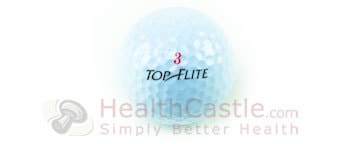
Serving size: 2 Tbsp /1 oz.
Looks like: A golf ball
Example foods: Hummus, dried fruit, cheese, salad dressing
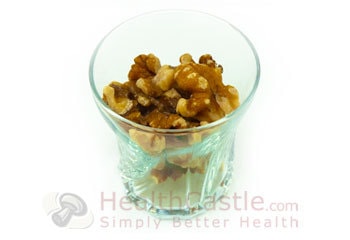
Serving size: 2 oz.
Looks like: A shot glass
Example foods: Nuts
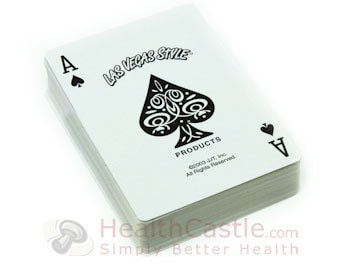
Serving size: 3 oz.
Looks like: Deck of cards
Example foods: Chicken, steak, pork
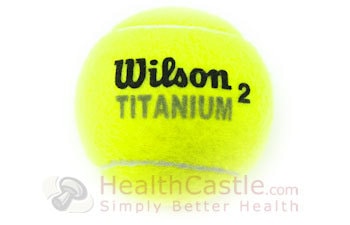
Serving size: 1/2 cup
Looks like: A tennis ball
Example foods: Ice cream, cooked beans, cooked pasta, cooked grains
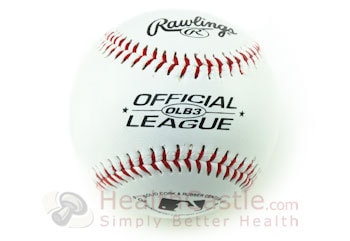
Serving size: 1 cup
Looks like: A baseball
Example foods: Milk, soup, chili, cooked vegetables, yogurt, cut-up fruit
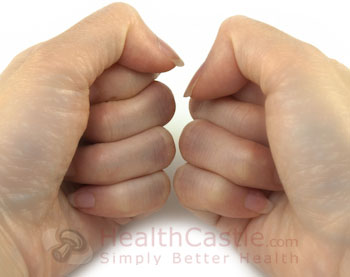
Serving size: 2 cups
Looks like: 2 Closed fists
Example foods: Raw vegetables
If you’re looking for a visual way to plan out a full meal, you can also follow the new MyPlate recommendations from the U.S. Department of Agriculture. In short, they recommend that you fill at least half your plate with fruits and vegetables, then divide the other half between grains and protein, with at least half of the grains being whole.Using Your Plate as a Guide
When planning what to eat, you don’t generally have scales and measuring cups on hand – especially when you’re not eating at home. The simple visual cues in this guide give you the tools you need to understand the portion sizes of common foods so you can literally see what you’re eating – and use that information to make healthy choices about what you put on your plate.
Alumni: University of Victoria – Christina Newberry is a writer and editor whose work has appeared in national and local magazines and newspapers. With a Bachelor’s degree in English and Anthropology from the University of Victoria and a Journalism Certificate from Langara College, Christina brings keen curiosity and the love of a good story to her work with HealthCastle.com.
Christina is a passionate traveler and urban gardener with an interest in vegetarian eating and making good, tasty food from scratch. Sharing lessons learned from her own experiences, Christina writes about lifestyle topics for HealthCastle, with a focus on eating well at home and on the road.
1 oz visual, 1/2 cup visual, 2 oz visual, diet guidelines, serving size
My program says I can have 3 oz of cottage cheese. What size cup is that? 1/4 or maybe 1/2?
Hi i did the sleeve 3.5 yrs ago.im almost back to my weight which i started with alot of medical problems.went to a nonsurgical PA.she wants me to jump right into eating 4oz plates i can’t do that..why i can’t eat on a small plate